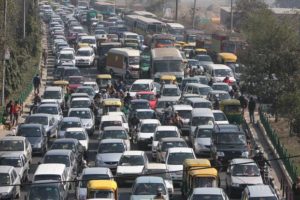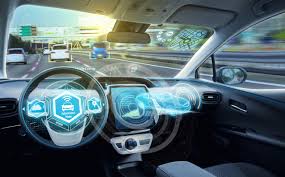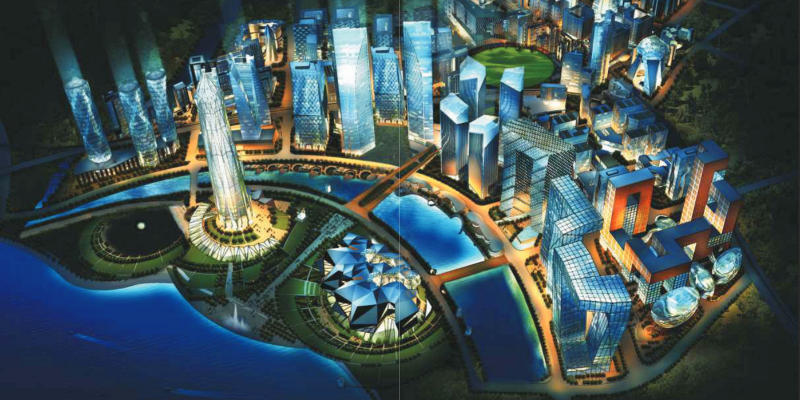On June 25, 2015, Narendra Modi’s government proposed a radical change to cities throughout the country. The goal of the mission, with its $7.5bn budget, was to select 100 cities over the course of five rounds, then retrofit them with sustainable technologies and infrastructure changes, making them more citizen-friendly.
On paper, the program is a tour-de-force in the modern smart cities movement. Though it has been praised as a step forward for the country, it has also been widely criticized. The island city of Mumbai, for example, is one such city under heavy criticism. Named the Bhendi Bazaar project, the city plans to convert three- to five-story buildings into skyscrapers with 40 or 50 stories. The idea is to increase population density by growing vertically.
Even though the country’s project received the Smart City Project 2016 award, experts have stated that increasing population density will make water consumption and electricity usage skyrocket and that it will also bring about traffic and congestion issues. The reality is that the concept of increasing density in a city is smart in its own way. The denser the city, the less energy it requires for transportation and for commodities such as water and waste.
SenRa: Connecting IoT in India, One City at a Time
A smart city like Mumbai is able to become denser, without suffering from traffic repercussions. Here are some ways that cities that incorporate changes similar to those in the Bhendi Bazaar project could accommodate the population hike without having traffic issues.

Optimizing public transport systems
Public transportation is an essential factor in reducing traffic in cities, big and small. People have to use properly designed public transportation systems to reduce personal car usage.
Public transport must be attractive to citizens due to its ubiquity, speed, and comfort. Speed is guaranteed with paths above or on the underground level, or at least with a prioritization on crossings or the allocation of dedicated lanes. The city should constantly measure mobility needs (estimate origin-destination matrix, measure vehicle occupancies), and based on that, optimize schedules. An appealing option is to have schedules dynamically adapting based on the real-time calculation of transport needs. For example, AI can create estimates on the number of people waiting at bus stops and train stations.
In fact, there is a clear link between public transportation efficiency and low car use. In 2017, Hong Kong was named the number one city in the world for sustainable transportation. It is also one of the densest cities in the world, with 6,300 people per square kilometre. At the same time, personal vehicle use is low, as citizens feel confident relying on public transportation in the area.
Alternative travel choices
Aside from the implementation of technological advancements and sustainable solutions, another characteristic of a smart city is one that has short distances. This does not refer to the physical size of the city, but rather, its commutability. For example, all neighbourhoods should have a healthy mixture of residential areas, office buildings, parks, shopping centres, and so on. Locals should not have to travel far away from their neighbourhood to find a park where they can relax. When everything is closer, people are more likely to walk or ride a bike somewhere. But sometimes it takes active campaigning to get people to walk, even in self-contained neighbourhoods.
If city planners keep this kind of diversity in mind, they can develop neighbourhoods accordingly, and the proximity to locals’ houses is what motivates them to use alternative methods of getting around, such as walking or using a bicycle. Furthermore, city planners also need to place heavy emphasis on encouraging walking in a city. Having proximity often times isn’t enough, motivating citizens to walk is what makes a big difference.
Vancouver has the highest population density in Canada, and its city planning and incentive programs to encourage walking are to be admired. Along with the city’s goal to become the greenest city in the world by 2020, comes the push for a culture heavily reliant on walking. Vancouver is achieving this walking culture by implementing more than 200 map stands, which orient pedestrians and can be updated regularly to include new infrastructural changes.
Autonomous vehicle implementation
Humans inherently cause traffic jams. Whether it’s because of emotional response behind the wheel or slow reaction times between braking and accelerating, there will always be congestion as long as people are driving. Even having one driverless car on the road has the ability to impact traffic conditions.
The Things Conference India for All things IoT and LoRaWAN in India
Autonomous vehicles would provide more freedom due to comfort and availability, reducing frustrating tasks such as parking. They would allow people to get from point A to B in the most optimal way. Driverless cars can operate 24 hours per day, so there wouldn’t be as many personal vehicles on the street. The ideal scenario would be to not have any cars parked on the streets, as the autonomous vehicles would always be moving. This will clear the space, making the streets more human. What’s more, they could be tweaked to work as a ride-sharing service, in the same way, that uberPOOL and BlaBlaCar operate, but adding one extra passenger instead of a driver. Waymo has already started testing driverless taxi prices as it plans to launch the service in Phoenix, Arizona.

After testing autonomous vehicles for two months in the business district of Dubai, a survey was conducted where 92% of respondents were satisfied with self-driving car safety, and 80% believed that they reduced congestion. Autonomous cars are very much a real thing, and their implementation should be seriously considered, as they can drop the number of vehicles on the street by 50%. Even having 5% of the vehicles on the road driverless could reduce fuel consumption by up to 40%. With future plans to have electric autonomous vehicles, the tech is taking major steps forward.
Any country pushing for smart city development is bound to be presented with repercussions following suggested changes. The best way to approach the situation is to treat each problem as a challenge instead of a project-halting situation. With a strong emphasis on public transportation, alternative travel methods and autonomous vehicles, Mumbai and any other city that will grow vertically, can ensure that congestion will not be a problem.
Radim Cmar is a Business Architect at Sygic. Any opinions in this article do not necessarily reflect those of The Tech Panda.
A word from our Sponsor: Looking for Content Marketing support? Click here.












